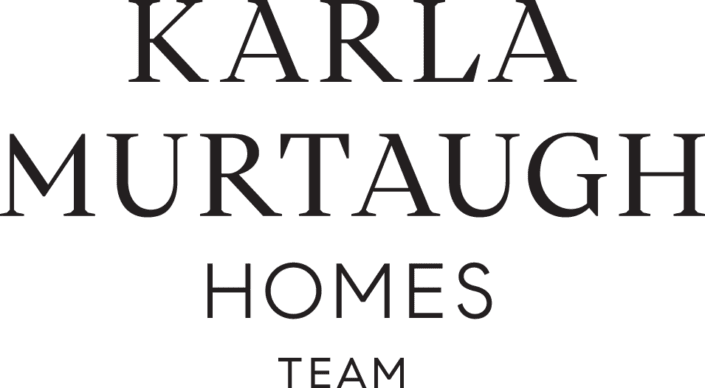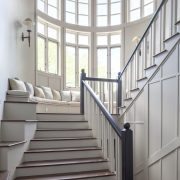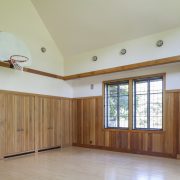What to Expect From a Home Inspection
A home inspection is a lot like a test-driving a new car, only better. Instead of just punching the accelerator and a few dash buttons to see what they do, during a home inspection you’ll have a knowledgeable professional along with you, pointing out details and potential problems you might not notice otherwise.A thorough home inspection when you’re buying a house can save you thousands of dollars in unexpected repairs — or from unwittingly buying a money pit.
What a home inspector does
A home inspector will take two to three hours or more completing a detailed walk-through of the home you’re looking to buy. It’s a top-to-bottom review of the physical structure, as well as its mechanical and electrical systems — including roof, ceilings, walls, floors, windows and doors. The inspector will check that major appliances are functional, scrutinize the heating and air-conditioning system, examine the plumbing and electrical systems and crawl up into the attic and down into the basement.
All the while, the inspector will be taking notes and pictures and, if you’re tagging along, commenting on what he sees. Most importantly, the inspector will provide an objective opinion on the home’s condition, detached from the emotional roller coaster you’ve been on during the entire homebuying process.
What a home inspector doesn’t do
A home inspection is a general checkup, not an X-ray exam. Although inspectors should have a keen eye for detail, they won’t be able to detect the unseen. That means hidden pests, asbestos, and mold or other potentially hazardous substances might go unnoticed. Those sort of issues can require specialized evaluations, perhaps even a geologist or structural engineer.
An inspector might have a thought or two on child safety issues found in the home, but again, that depends on the inspector’s experience and competencies. And a home inspector doesn’t necessarily determine whether your home is compliant with local building codes.
The goal of the inspection is to uncover issues with the home itself. Inspectors won’t tell you if you’re getting a good deal on the home or offer an opinion on the sale price.
An inspection is not a pass/fail exam. But you’ll learn much about your potential new home and gain confidence in the decision to move into your new address — or find out enough to pass on the purchase.
The home inspection report
A good home inspection report is extensive, containing checklists, summaries, photographs and notes. It will estimate the remaining useful life of major systems and equipment, as well as that of the roof, structure, paint and finishes. The critical information you will gain will include recommended repairs and replacements, too.
Ask any potential inspector for samples of prior reports and note whether they’re simply completed checklists or extensive reviews. That way you’ll know whether you’re paying for a stapled 10-page report or for a three-ring binder of detailed information. Home inspections aren’t cheap; they can cost $300 to $500 or more, so you want to be sure you’re getting what you pay for.
How to find a home inspector
Home inspectors aren’t federally regulated, and they’re not even licensed in all states. You’ll need to seek out recommendations. Friends and work colleagues may have some good names to share.
You can also search the databases of professional associations, such as the National Association of Home Inspectors, the American Society of Home Inspectors and the International Association of Certified Home Inspectors. Such organizations usually require members to pass an exam, honor a code of ethics and complete continuing education.
It’s a best practice to interview candidates before making a decision. That’s when you can find out about experience, training and areas of expertise. For example, if you’re considering a fixer-upper or looking at an older home, you’ll want an inspector who has expertise and knowledge regarding renovations of historic structures. In some areas, home inspectors are affiliated with the state real estate commission and must be licensed and comply with state regulations and procedures.
And get references from prior clients, especially homeowners who have been in their home for at least six months. That way you can determine whether any issues popped up that were unreported in their inspection.
Be a part of the process
It’s a good idea to join the inspector on his home tour. You don’t have to climb into the attic with him or crawl under the porch, but follow along where you can and take notes. He may make some great home improvement suggestions along the way — as well as point out peculiarities and unique features.
Although inspections can turn up serious defects, every house will have its imperfections. You might choose to think of many of these as simply endearing beauty marks.
**This article originally appeared on NerdWallet.


























